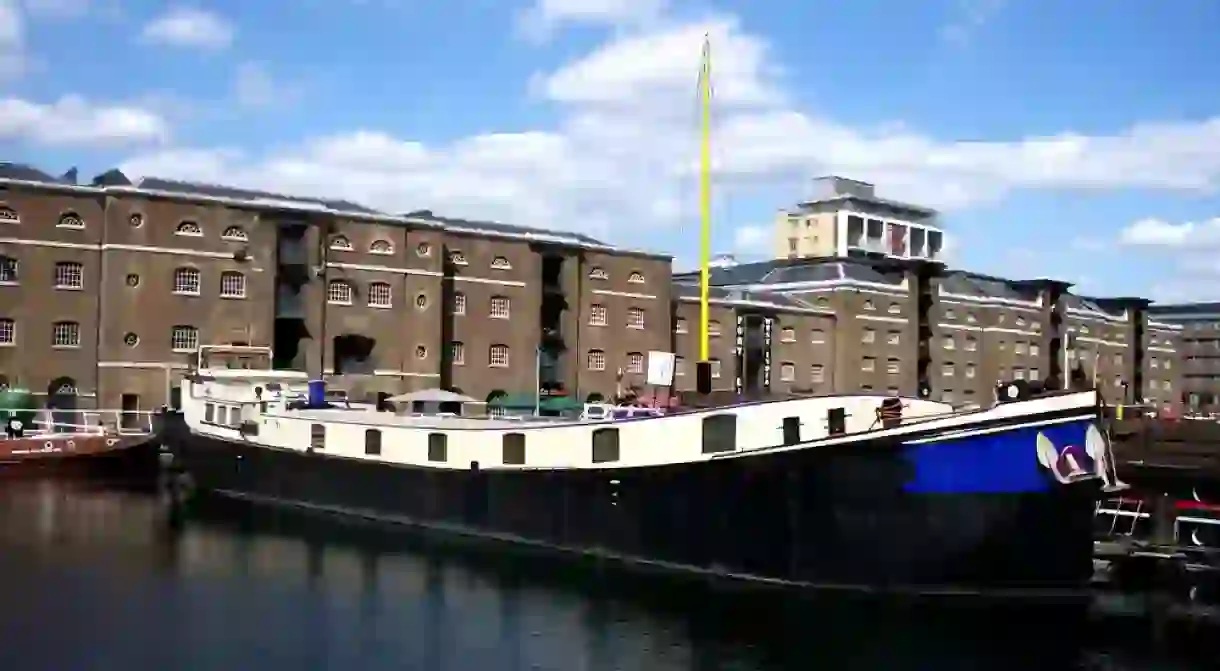The 11 Best Museums to Visit in East London

London presents visitors and residents alike with an abundance of glorious museums, including plenty that are great for the kids. While many of the more famous institutes reside in the city centre, some of the lesser-known establishments – which are still stupendously educational, and sometimes wonderfully weird – can be found lurking in East London.
Young V&A Museum
Museum
Experience the material culture and experiences of childhood throughout history in Bethnal Green at the Young V&A, formerly the V&A Museum of Childhood, an offshoot of South Kensington’s Victoria and Albert Museum. Venture into one of the institution’s four permanent galleries, which showcase everything from childish creativity to moving toys, or check out a temporary collection.
Barts Pathology Museum
Museum
Observe the magnificence of modern medicine in the making at Barts Pathology Museum, which is home to over 5,000 medical specimens that have been used to train the doctors of tomorrow since 1879. Catch a film night, participate in a drama workshop, engage in an artistic encounter with pathology or check out the skill of John Bellingham, the only person to ever successfully assassinate a British prime minister.
The Viktor Wynd Museum of Curiosities, Fine Art & Natural History
Museum
Bask in the glory of the weird and wonderful at The Viktor Wynd Museum of Curiosities, which features such highlights as two-headed animals, a shrunken head and an eight-legged lamb. That’s not to mention the large, living coral aquarium, the literary lectures, an array of fine art pieces and the death mask of Napoleon. Oh, and there’s a bar.
Museum of London
Museum

Marvel at the rich history of the city that has served as the centre of Roman Britain, the base of the successful Norman invaders and the heart of the empire on which the sun never set. The Museum of London tracks the history of the UK capital from its prehistoric first settlers around 450,000 BC to the contemporary multicultural hub of the twenty-first century.
Museum of London Docklands
Museum

Uncover the importance of the city’s port in making London a bastion of trade and hub of international influence – both positive and negative – in this branch of the Museum of London. Travel through the history of slavery, trade and the River Thames, or have a play in Mudlarks, an interactive educational space for children under the age of eight.
Hackney Museum
Museum
Explore the incredible stories of the people of Hackney throughout the ages, from the Anglo-Saxon settlers of a millennium ago to the villas of the Victorians and the refugees of recent years. Get the whole family involved in the Hackney Museum’s interactive exhibits, which include loading a Saxon boat, donning historical garments and making Victorian matchboxes against the clock.
Museum of the Home
Museum
Discover the history of the home and design at this delightful shrine to all things domestic. Formerly known as The Geffrye Museum, this building in Hoxton documents how social and societal changes over the past 400 years have been reflected in the use and furnishing of the humble – or, in this case, not-so-humble – abode.
Ragged School Museum
Museum
Take a step into the Victorian era at the Ragged School Museum, which gives an insight into life in a 19th-century educational institution. The building itself, complete with creaky old floorboards and a rickety narrow staircase, is that which was used by the famous Dr Bernardo to help those children who found themselves in his care many moons ago.
Grant Museum of Zoology
Building, Museum, University
Jack the Ripper Museum
Museum
Examine the crimes of Jack the Ripper, the infamous Victorian era serial killer who perplexed London’s 19th-century police in their futile pursuit of ‘his’ identity. The fascination of historians and creatives in equal measure, having spurned numerous books, theories and films, so why not a museum too? Jack the Ripper is sure to provide an exciting day out.
Museum of Happiness
Museum
Indulge in a jubilant experience that aspires to provide science-based techniques, through a range of events, workshops and interactive exhibitions, that can be implemented in everyday life to improve happiness and wellbeing. Cherishing four main values of compassion, community, creativity and consciousness, the museum could not be more constructive in combatting the contemporary pressures in the age of neoliberal individualism.













